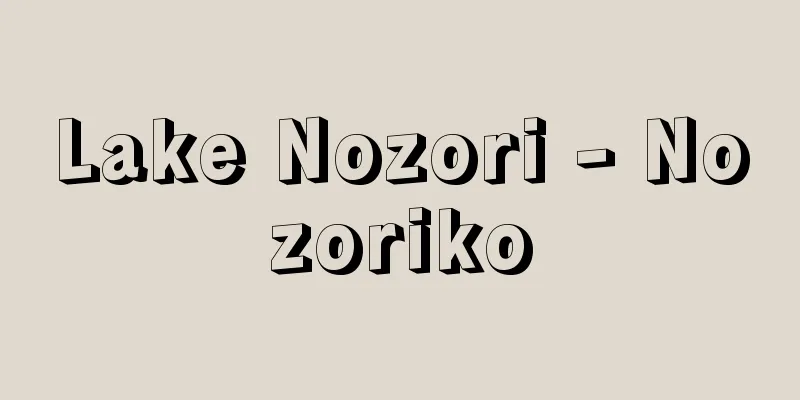Day of Grace - Enichi

|
…(1) The heyday of Buddhist medicine With the introduction of Buddhism, the primitive empirical medical practices unique to Japan were gradually incorporated into the systematized Buddhist medicine, and the status of those who practiced medicine was also fixed. Among the Japanese envoys sent to Sui in 608 (the 16th year of the reign of Empress Suiko) were medical students such as Keijitsu and Fukuin. When they returned to Japan and introduced Sui and Tang medicine, this marked the beginning of the establishment of a medical system in Japan. … From the Tripitaka Master Jimin...A monk from the Tang Dynasty in China, and the founder of the Jin-ryu school of Pure Land Buddhism. His real surname was Xin, and his given name was Huiri. Jin-ryu Tripitaka was a title bestowed by Xuanzong. He was from Donglai, Qingzhou (Ye County, Shandong Province). He was so moved by Yijing's work in India seeking the Dharma that he set off on a pilgrimage to India by sea. He spent 18 years visiting over 70 countries, and returned to Chang'an by land in 719. The Jin-ryu school he founded was a form of Zen that combined Zen and Nembutsu, and had a great influence on Pure Land Buddhism after the Song Dynasty. He wrote books such as "Jodo Jibishu." [Tonami Mamoru]... From the Tang Dynasty ...The "Daqin Jingjiao Popular Chinese Stele," which is thought to have been knocked down and buried underground at this time, was excavated at the end of the Ming Dynasty and is now on display in the Stele Forest at the Shaanxi Provincial Museum in Xi'an. Sui and Tang Art [Tobo Mamoru] From 【Study Abroad】...They stayed in China for a long period of time, from twenty to thirty years, and witnessed the Chinese society after the fall of the Sui dynasty and the rise of the Tang dynasty before returning home and playing a major role in the construction of the Ritsuryo state, which began with the Taika Reforms. Shortly after the founding of the Tang dynasty, a foreign student called Kusushienichi returned home, and at the suggestion of others, a Japanese envoy was sent to China. Many students and monks, including Dosho, accompanied the envoys to China. In the seventh century, many monks also studied in Silla, and some, like Gyozen, studied in Goguryeo. ... *Some of the terminology explanations that mention "Eijitsu" are listed below. Source | Heibonsha World Encyclopedia 2nd Edition | Information |
|
…(1)仏教医学の全盛期 日本固有の原始的な経験医療が,仏教伝来にともない,しだいに体系づけられた仏教医学にとりこまれていく過程で,医を業とする者の身分も固定化された。608年(推古16)の遣隋使のなかには,恵日や福因のような医学生も混じっていた。彼らが帰国して隋・唐医学を伝えると,これが日本における医療制度確立の嚆矢(こうし)となった。… 【慈愍三蔵】より…中国,唐代の僧で,浄土教慈愍流の開祖。本姓は辛,名は慧日。慈愍三蔵は玄宗より賜った号。青州東萊(山東省掖県)の人。義浄のインド求法の業に感激して,みずから海路インドへの仏跡巡拝の旅に出た。18年間を費やし,70余国を巡礼して,陸路719年に長安に帰着した。彼が始めた慈愍流は,禅と念仏を併修する念仏禅で,宋以後の浄土教に大きな影響を与えた。《浄土慈悲集》などの著書がある。【礪波 護】… 【唐】より…このときに倒されて地下に埋まったと考えられる《大秦景教流行中国碑》が明末に出土し,今は西安の陝西省博物館の碑林に陳列されている。隋唐美術【礪波 護】 【留学】より…彼らは,二十数年から三十数年の長期間にわたって中国に滞在し,隋が滅び,唐が興ってくる中国の社会を実見して帰国し,大化改新に始まる律令国家の建設に大きな役割を果たした。唐の建国後間もなく帰国した留学生恵日(薬師恵日(くすしえにち))らの進言によって,遣唐使が派遣されることになると,道昭(どうしよう)など多くの学問生・学問僧が遣唐使に従って渡唐した。また7世紀には新羅に留学する僧も多く,行善(ぎようぜん)のように高句麗に留学する僧もあった。… ※「恵(慧)日」について言及している用語解説の一部を掲載しています。 出典|株式会社平凡社世界大百科事典 第2版について | 情報 |
Recommend
Kawaura [Hot Spring] - Kawaura
...The northern mountainous area is designated as...
Malonic acid - Maronsan (English spelling)
It is an aliphatic dicarboxylic acid. It is found...
Kairai (■1)
...The "Soka no Gaku" was a form of mou...
American Mink - Amerikanmink
...It has white spots from the throat to the chin...
Kingdom of Asturias - Reino de Asturias
A kingdom that existed in the northwest of the Ib...
Grudge - Enkon
〘noun〙 To resent. To be bitter. ※Man'yoshu (la...
Ryusei Kishida
Western-style painter. Born on June 23, 1891 at R...
Habima (English spelling)
A Jewish theater company whose name means stage in...
yatra (English spelling)
…In addition, a genre called muhūrta was establis...
angiomatous nevus
…However, the pale pink spots often seen on the u...
Feather grass
…It is a temperate forest plant that grows in Hok...
binary digit
…A decimal digit is represented by any one of the...
New edition added - Shinpen Tsuika
This is a compilation of single-line laws issued ...
British Airways [company] - British Airways
A British airline. Its airline code is BA. It was ...
Sarukakemikan (English name) wild orange tree
An evergreen climbing tree of the Rutaceae family ...









